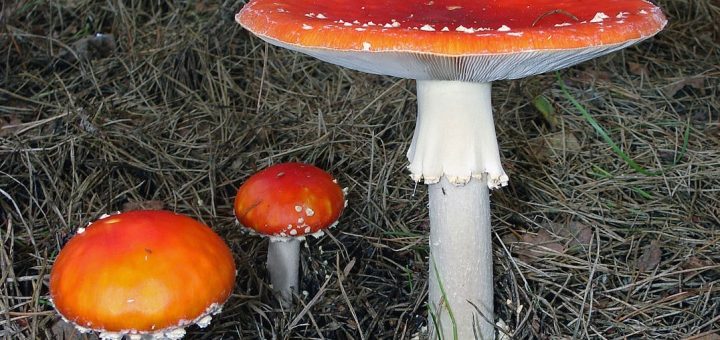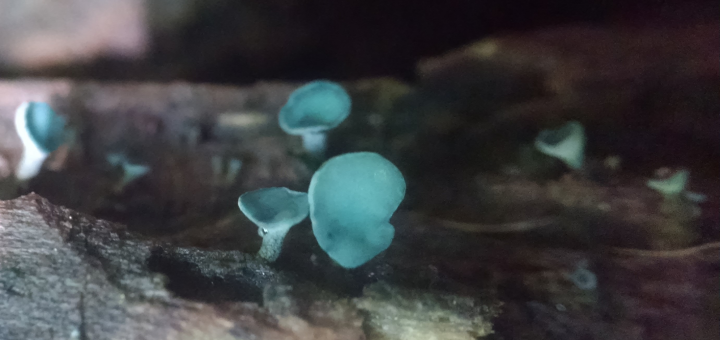#172: The Genus Amanita
For the next several weeks, I will examine the major groups of gilled mushrooms. I chose to start this foraging for mushrooms should learn to identify this group. In general, amanitas are umbrella-shaped agarics (FFF#027) that usually display all the following features: a universal veil, a partial veil, free gills, and a white spore print. Well-known amanitas include A. muscaria (FFF#069 and #121) as well as the Destroying Angels (FFF#050).















![#011: Characteristics of Kingdom Fungi [Archived]](https://www.fungusfactfriday.com/wp-content/themes/hueman/assets/front/img/thumb-small-empty.png)


